It's rare for the two fastest Formula 1 qualifying sessions to record identical times, but they did in Montreal for the first time since Jerez 1997, with George Russell overtaking Max Verstappen for pole position at the Canadian Grand Prix after clocking the 1m12.000s mark for the first time. . .
There are a lot of moving parts in this story. The forecast heavy rain was never more than a drizzle, with oil slicks by everyone throughout, so this result is a fair representation of where the Mercedes, Red Bull and McLaren cars stand (Lando Norris's third-fastest time was just two-hundredths of a second off ).
This raises some questions.
Is Mercedes finally back?
The new front wing introduced on Russell's car at Monaco and used on both cars here from FP3 onwards was specifically designed to widen the W15 setup window.
With the original wing, you get good rear grip at high speed but less understeer at low speeds. Or a little less at low speeds, but at the expense of stability at high speed.
As Mercedes' understanding of how to exploit the ground effect rule set evolved, it was able to manage the car lower than ever before. But as it did so, a new problem arose: the front wing became so powerful at high speeds that it became low enough to operate in the ground effect itself.
The sudden huge increase in downforce that comes with the last few millimeters of ground effect gap acts amazingly on the front wing like an underfloor tunnel. Which Mercedes was now able to operate at lower driving heights was giving a significant shift in balance forward at high speeds.
To counter this, this meant reducing the flap angle which at low speeds – when the wing was no longer in ground effect – meant it was not strong enough. Too strong at high speeds, not strong enough at low speeds.
The new wing has improved this greatly. But the speed range in Montreal is small, so let's stop being too specific. If it works out on a much larger scale from the Barcelona angle, Mercedes could be a little more confident.
But right now, this weekend at this track, with no time to prepare due to Friday's rain, the car is flying fast. Realistically, it's the fastest car here. Russell and Lewis Hamilton were both down to 1 minute 11 seconds in the second quarter. No one did this in any of the sessions.
Russell's time was set on used tires on his first run of Q3. He was expecting another 0.3-0.4 seconds from the new combination he ran in the final round. But the path was slower. The wind increased significantly – and it was a complete headwind down the long straight between the hairpin and the final chicane. Plus the tires weren't in the same happy place under the changing conditions.
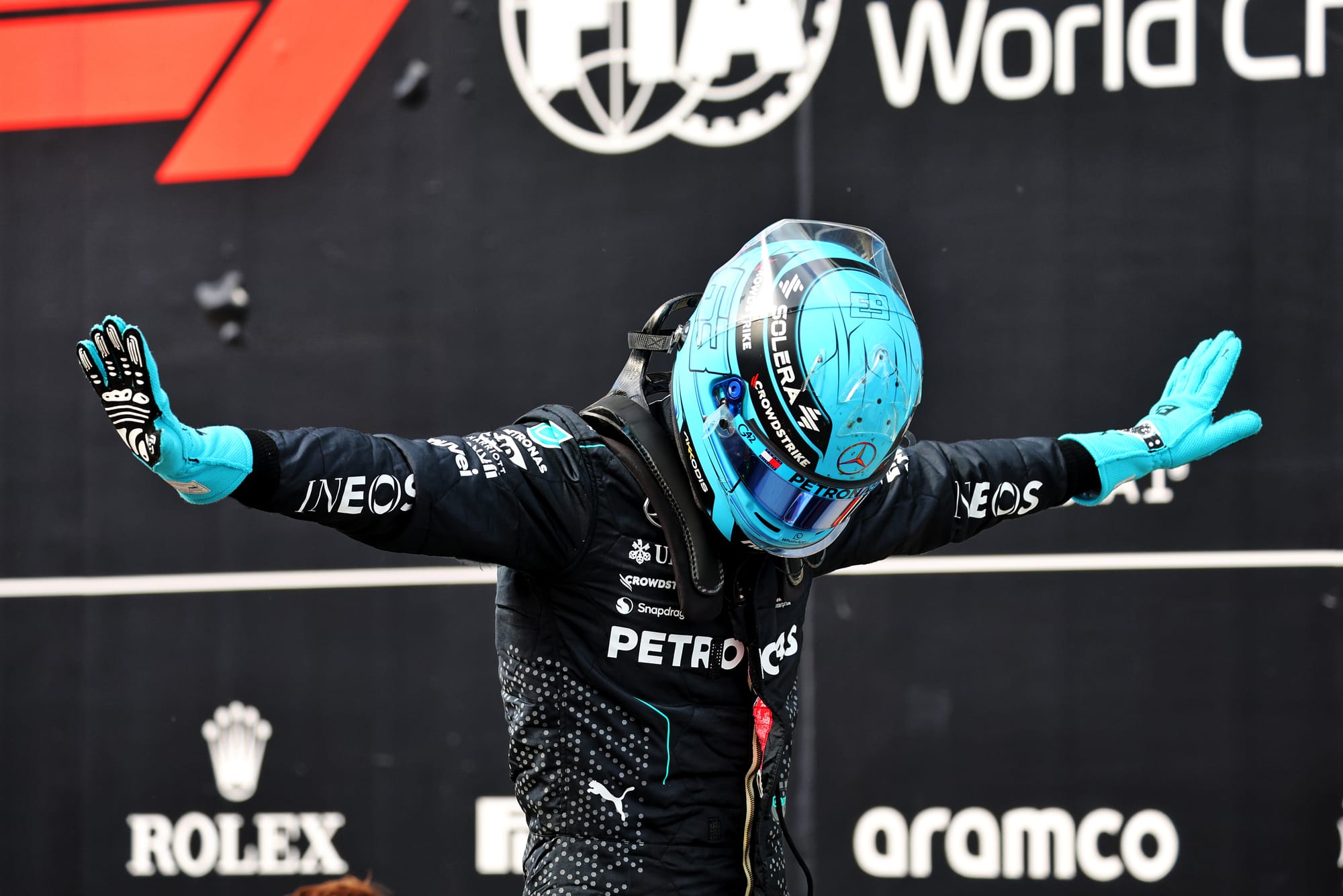
“It felt great all weekend,” Russell said. “Actually, the third quarter was the worst ever. It was turning around really well.”
“We had a lot of neglect before [with this car]. Last year we had a lot of exaggeration. We've been trying to find a halfway house. It's really a feeling of relief to see it translated.
“The conditions kept changing and the tire wasn't quite right at the end. But in Q1 we didn't need to use two sets of softs. In Q2 we didn't need to.” [but did]. Every lap we did the car looked really good.
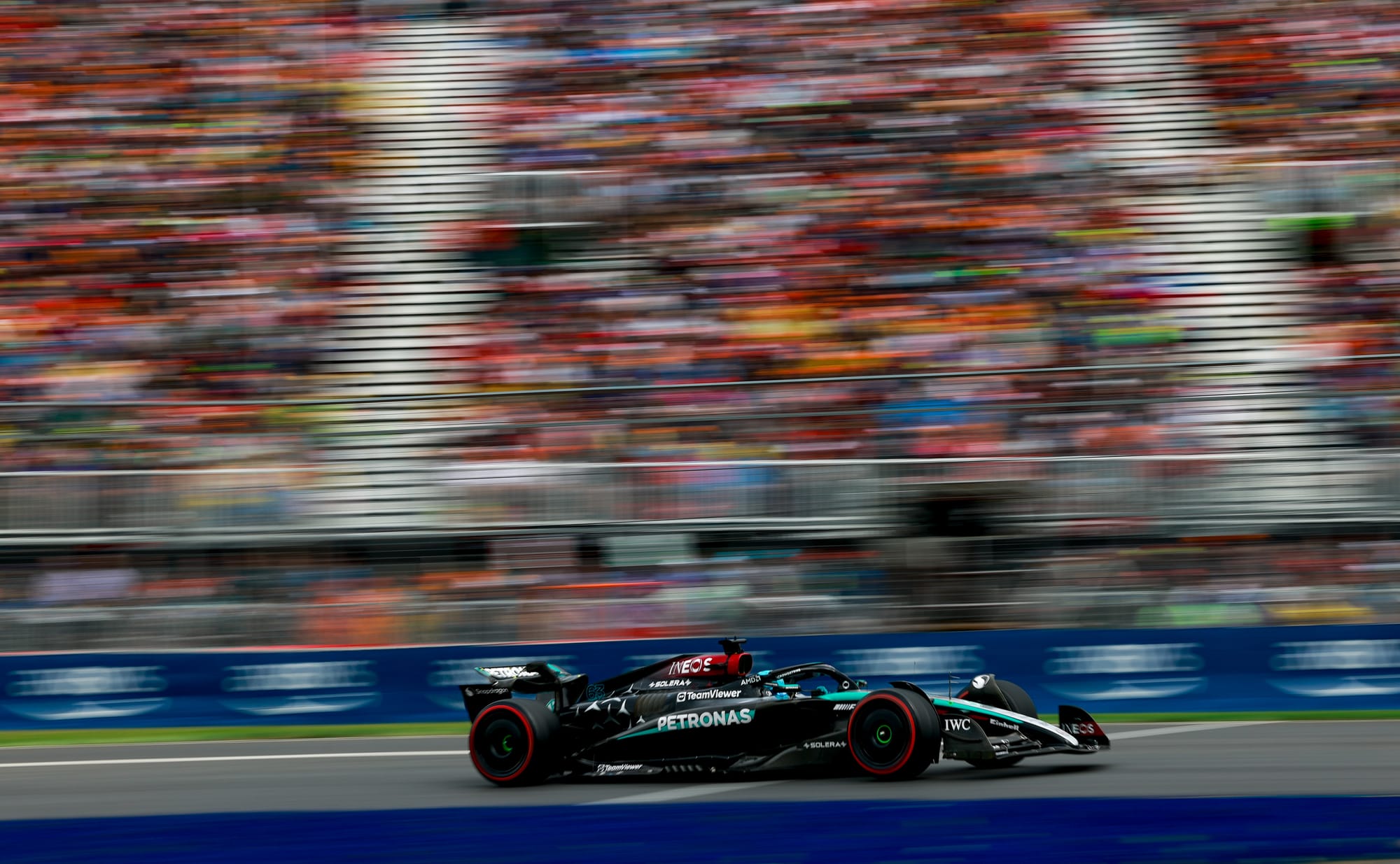
“I think we've finally come to the right place.
“We need to see what happens in the next few races, but things are looking good so far. We think we have more to come.”
With the car better balanced over the entire lap than it had been before, both drivers were able to adopt the kind of aggressive style that pays off well on this track. The benefits have been increasing, as Russell points out: “The wing has performed more than we initially expected.”
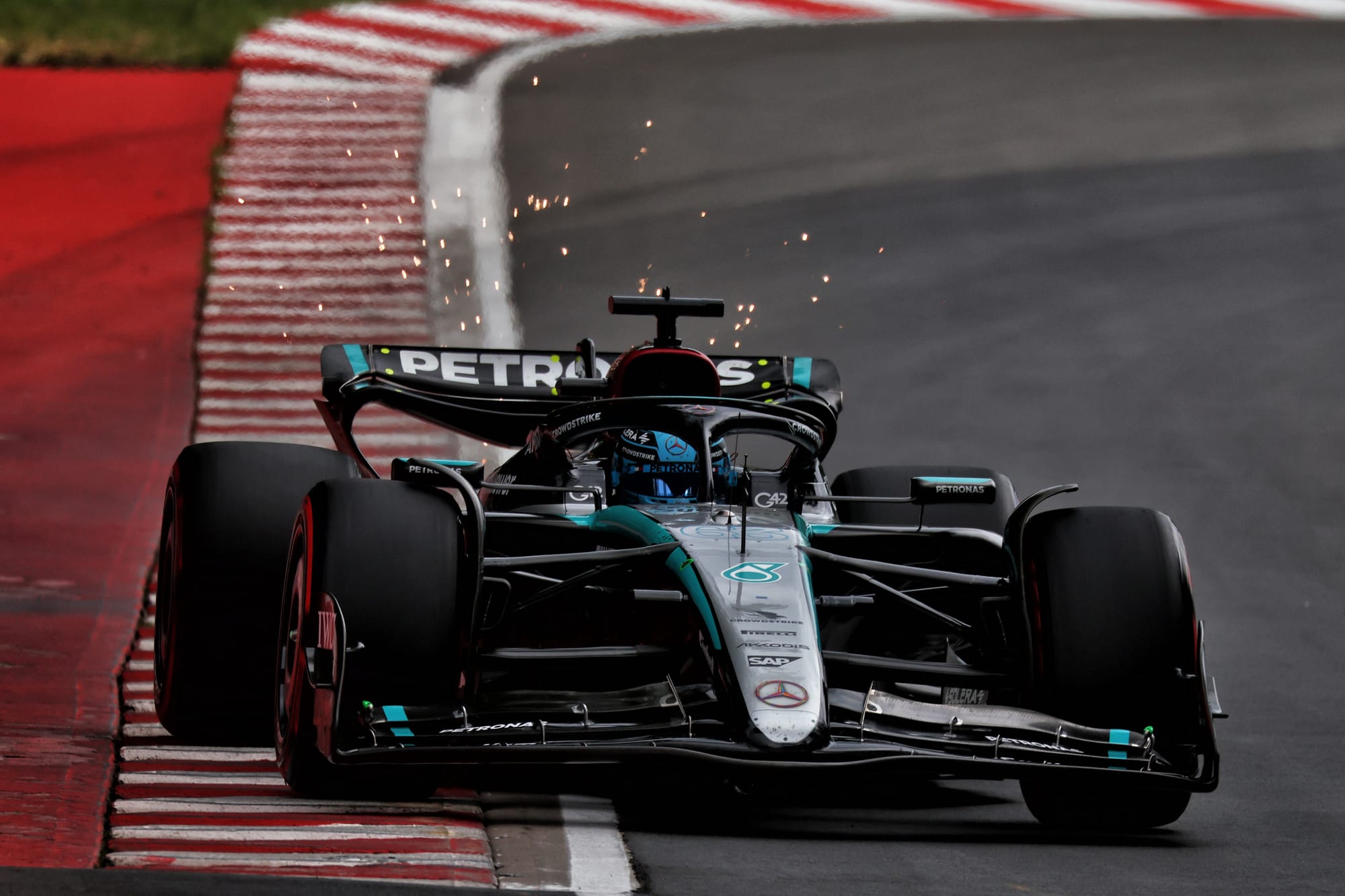
Let's wait until at least Barcelona in a couple of weeks to see if the W15 suddenly becomes Red Bull's match. Not only does Montreal's cornering spread help solve the fundamental problem Mercedes has had so far. But also because the way you have to attack the barriers here is not quite suited to Red Bull's restrictions.
“We ended up finding a decent balance,” Verstappen said. “We still have the same things we did in Monaco, but here there are more aero issues, so it didn't affect us too badly. With pure pace here we are second. I couldn't have achieved what they did in Q2.”
With a 0.000 second gap between Russell and Verstappen's laps, it was easy to underestimate how close McLaren was here too. Norris' deficit was two hundred, with Oscar Piastri only a tenth behind in fourth place.
The McLaren was faster than any other car in the middle sector (Turns 6-7 and Turns 8-9), but was slower during the first sector (where the Red Bull was the strongest). The Mercedes was strong everywhere and faster than any of its rivals on the long straight between the hairpin and the final chicane.
What happened at Ferrari?
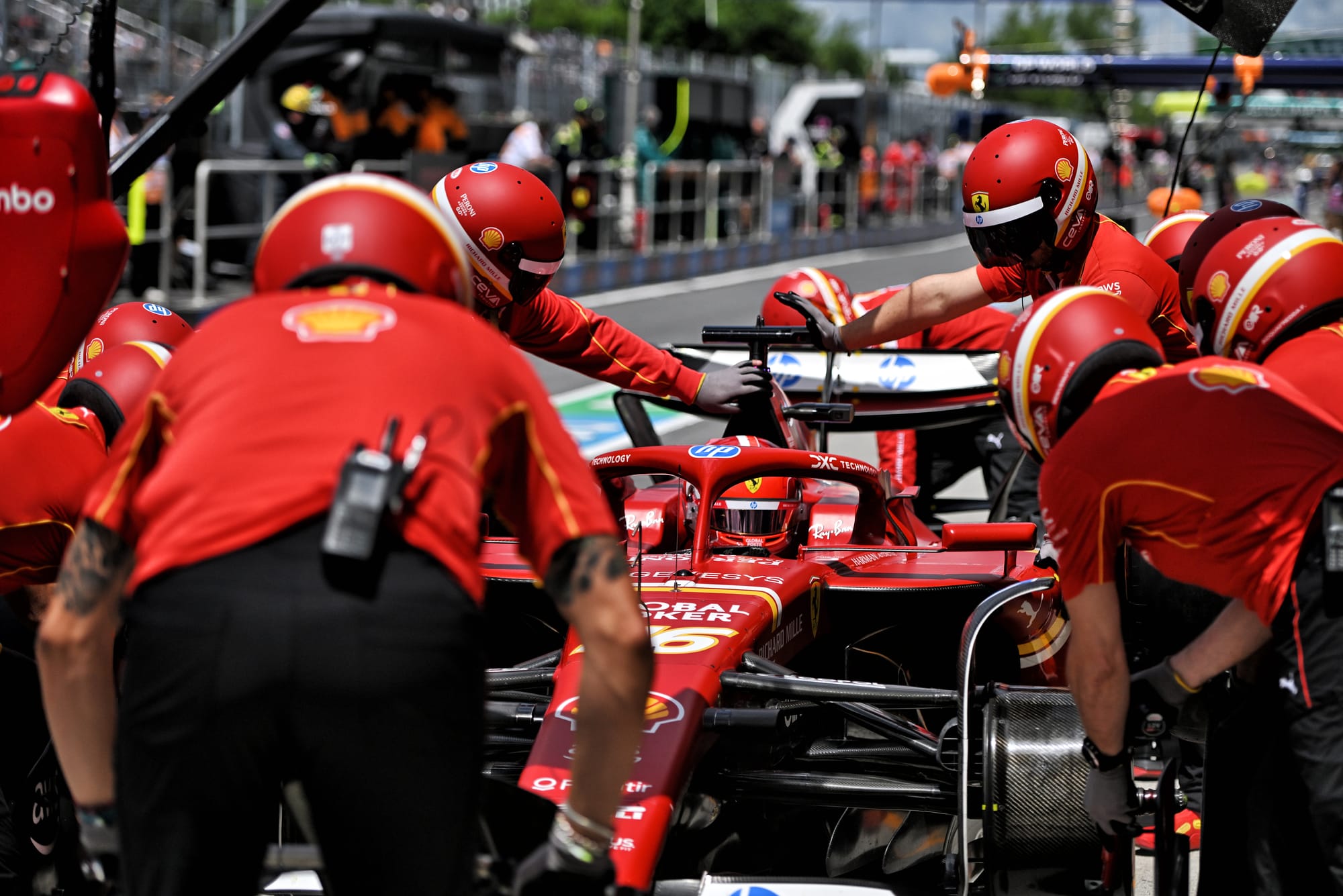
Going into this race, there was reason to believe that the Circuit Gilles Villeneuve would not be the ideal layout for Ferrari's power unit, which is more suited to consistently interrupted running than long all-out distances.
But that disadvantage would be small, certainly not close enough to explain why neither Charles Leclerc nor Carlos Sainz made it to the third division.
It appears to be a matter of low tire temperature at the start of the lap.
“More than 50% of the gap between us during the lap was at Turn 1,” noted Fred Vasseur. “We don't run tires.”
The new, smooth track surface certainly made this task more difficult than before and it appears to have played a role in Ferrari catching up.
Sainz was scheduled to be 0.3 seconds faster than him but made a mistake at the final turn. Both drivers made their second lap of Q2 on used tyres, having run their new sets in the first laps (as did the McLaren drivers).
“We saw the possibility of rain, and we thought the track would be slower in the second rounds,” Sainz explained.
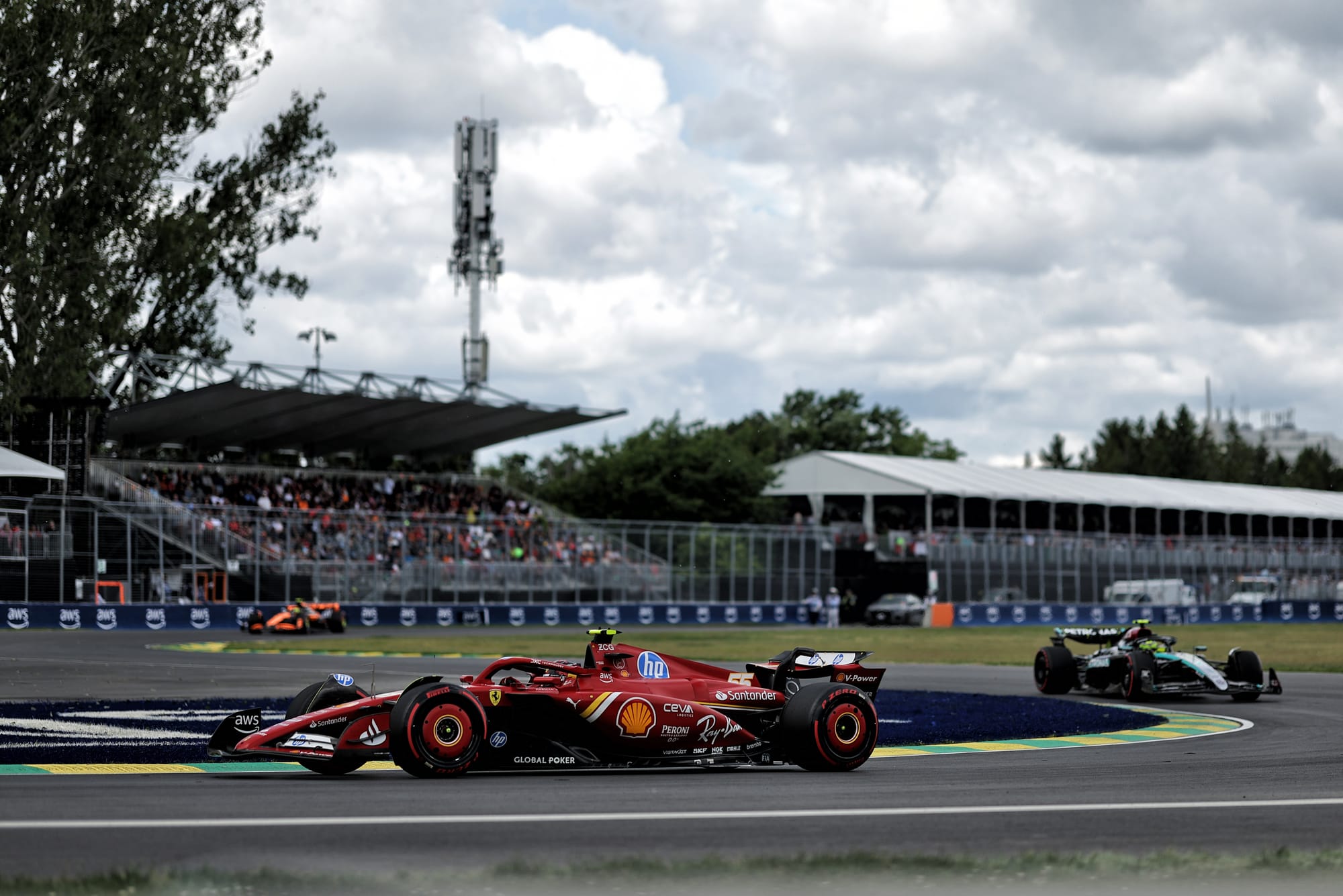
But again, that shouldn't be enough to deny Ferrari a Division II graduation.
“Yes, there was a lack of grip,” said Sainz regarding the tire temperature issue. “If we had done everything perfectly with the tires and done the last corner cleanly, we could have passed.
“But the distance was always very tight and these things became a problem because the car was not fast enough.”
How good is Russell's hug?
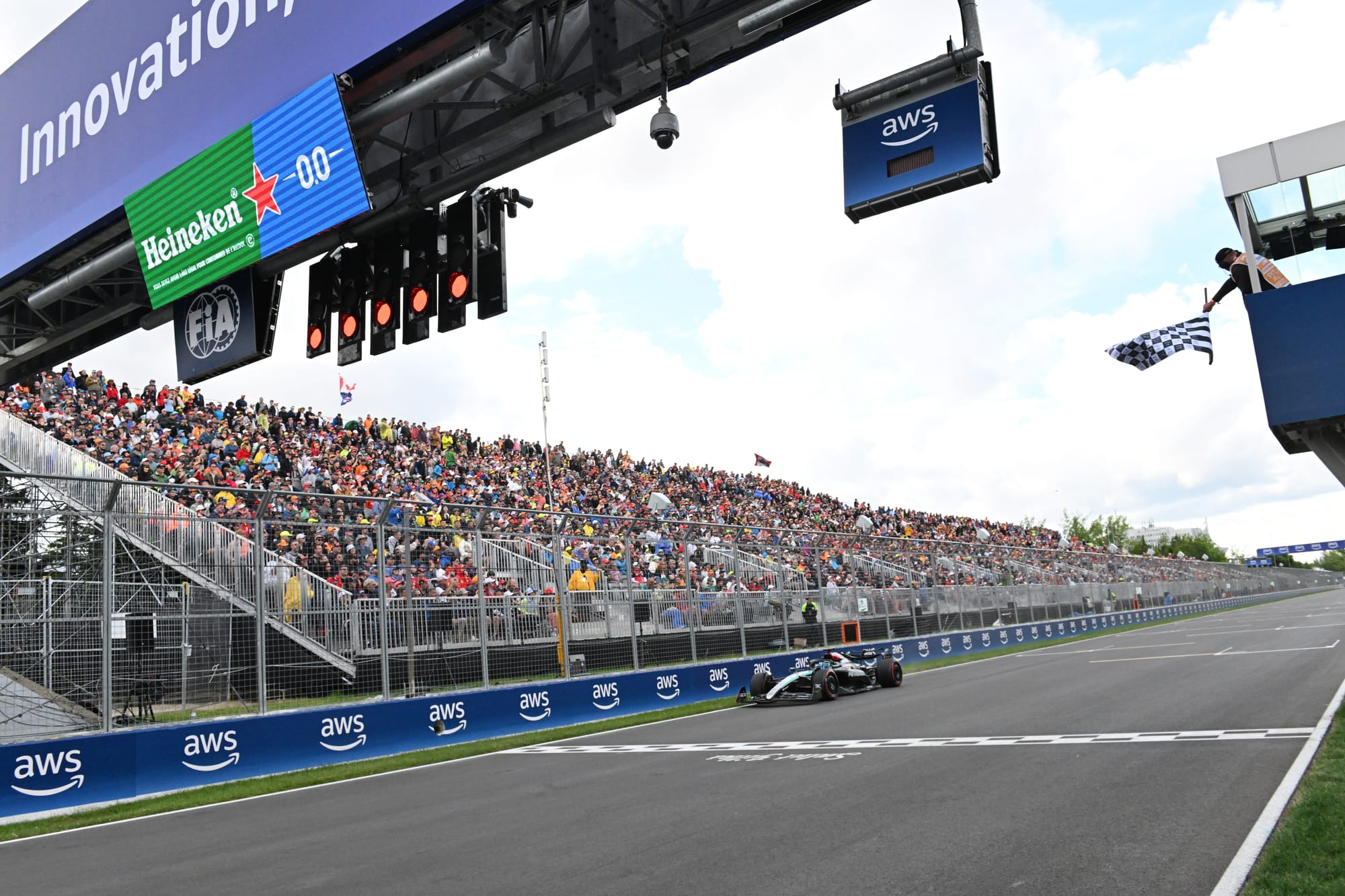
Russell caught a long drop from Williams Albon on the straight between the hairpin and the final chicane. GPS traces indicate he bought it for less than 0.1 second. Without that, he would have lost pole position to Verstappen and also been slower than Norris. He would have finished third on the grid, a few thousandths behind Piastri.
But that was Mercedes at its worst. As reported, no one came close to Russell's mark of 1 minute, 11.742 seconds in the second quarter. In addition, he was definitely faster than his teammate Hamilton, who qualified 0.28 seconds slower, finishing seventh behind right-back Daniel Ricciardo and Fernando Alonso's Aston Martin.
Hamilton was devastating in FP3 earlier in the day, and no one was getting close to him, not even Russell. Almost all of his advantage over Russell in that practice session came in Turns 1-2.
“In FP3, Lewis was absolutely flying, he was much faster than me,” Russell recalls. “I had to look at his data to see what he was doing differently, and that helped me tremendously.”
“The car felt great this morning,” Hamilton said. “But once we got to qualifying, the grip was gone, just gone,” was all he could offer.
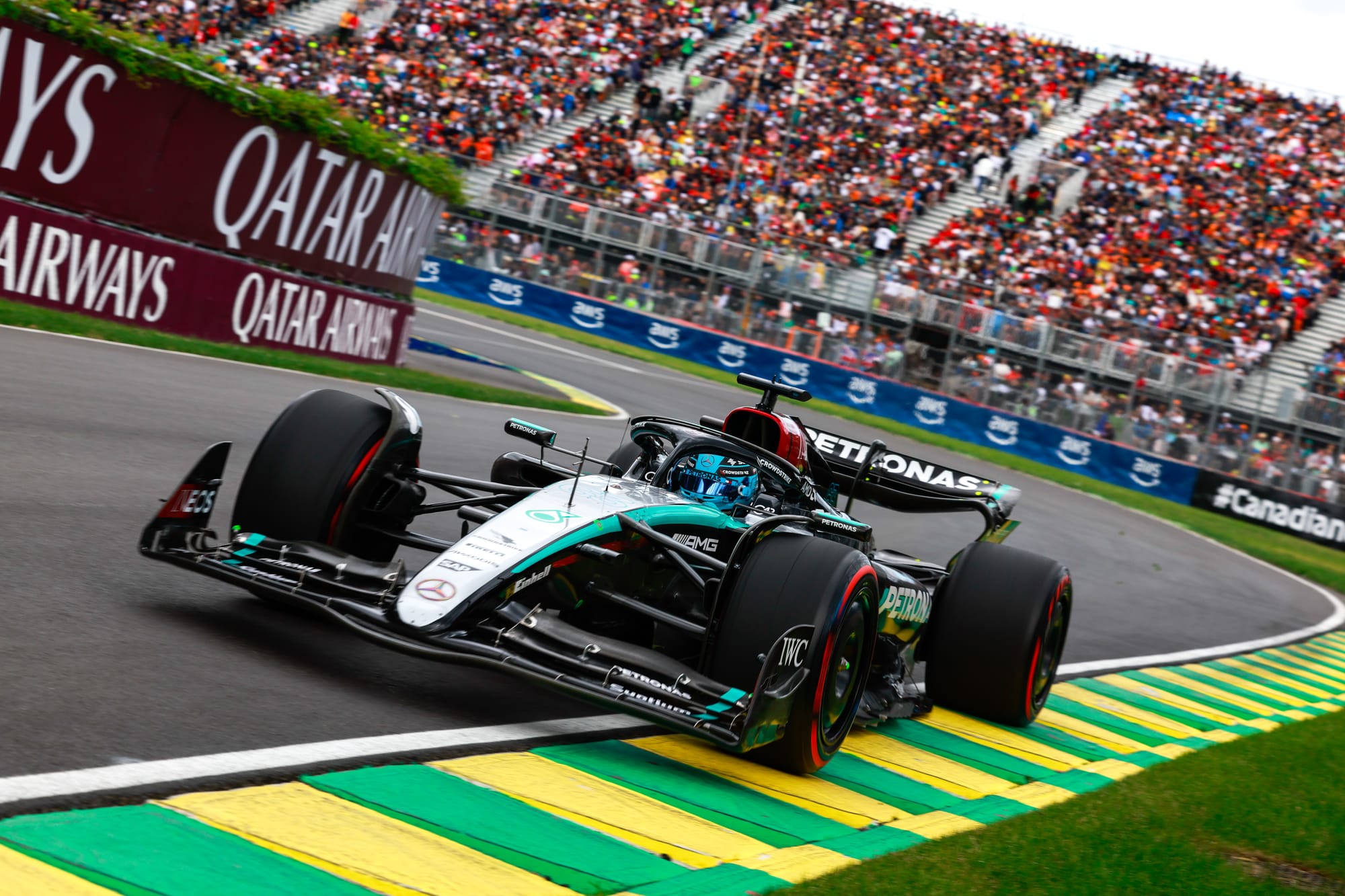
If we compare the identical times of Russell and Verstappen in Q3, we can see that they were achieved in completely different ways. The Mercedes pulls away from the Red Bull in the acceleration zones of slow corners, and it takes the Red Bull (or Verstappen) some time before it enters those corners.
After spending some time on the outside of Russell through Turn 3-4, Verstappen entered Turn 6 0.1 second ahead. He exited the Turn 6-7 sequence 0.25 seconds ahead. But between there and Turn 8-9, Mercedes managed to get almost all of it back.
Verstappen again took time through the left-right side of the bend and again Mercedes got him back on the exit, so they came into a fairly sharp turn.
On the back straight, the Mercedes increases its advantage, with 0.1 seconds highlighted by Russell pulling away from Albon.
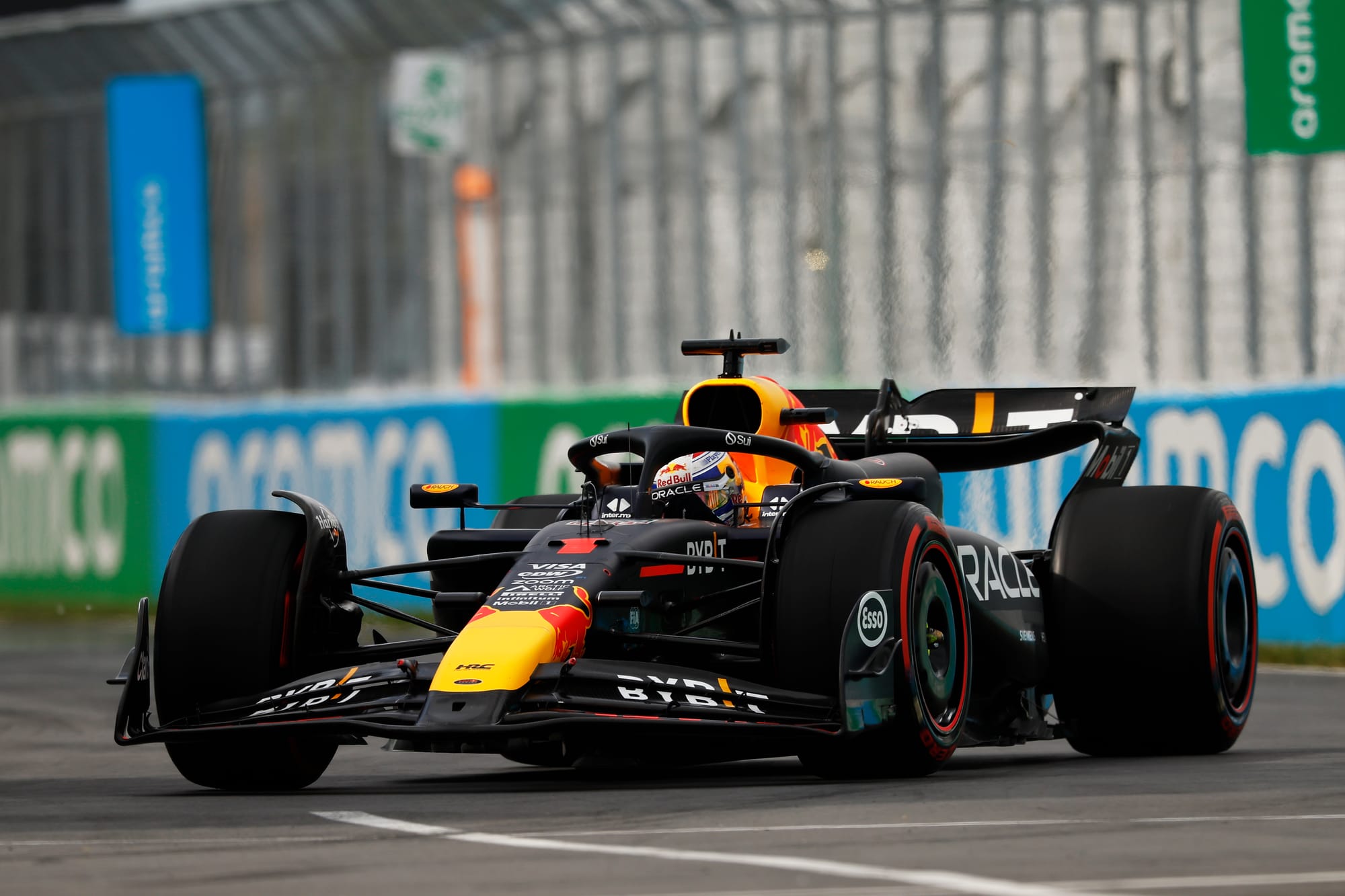
As they reached the final turn, Russell was 0.1 second ahead. Verstappen got that back with a strong start through this final corner.
Some of these differences could just be down to the wing levels chosen for each car, and it appears that Red Bull still has the downforce advantage. But it's also possible that the Mercedes' slightly shorter gearing is better suited to getting it out of these corners better.
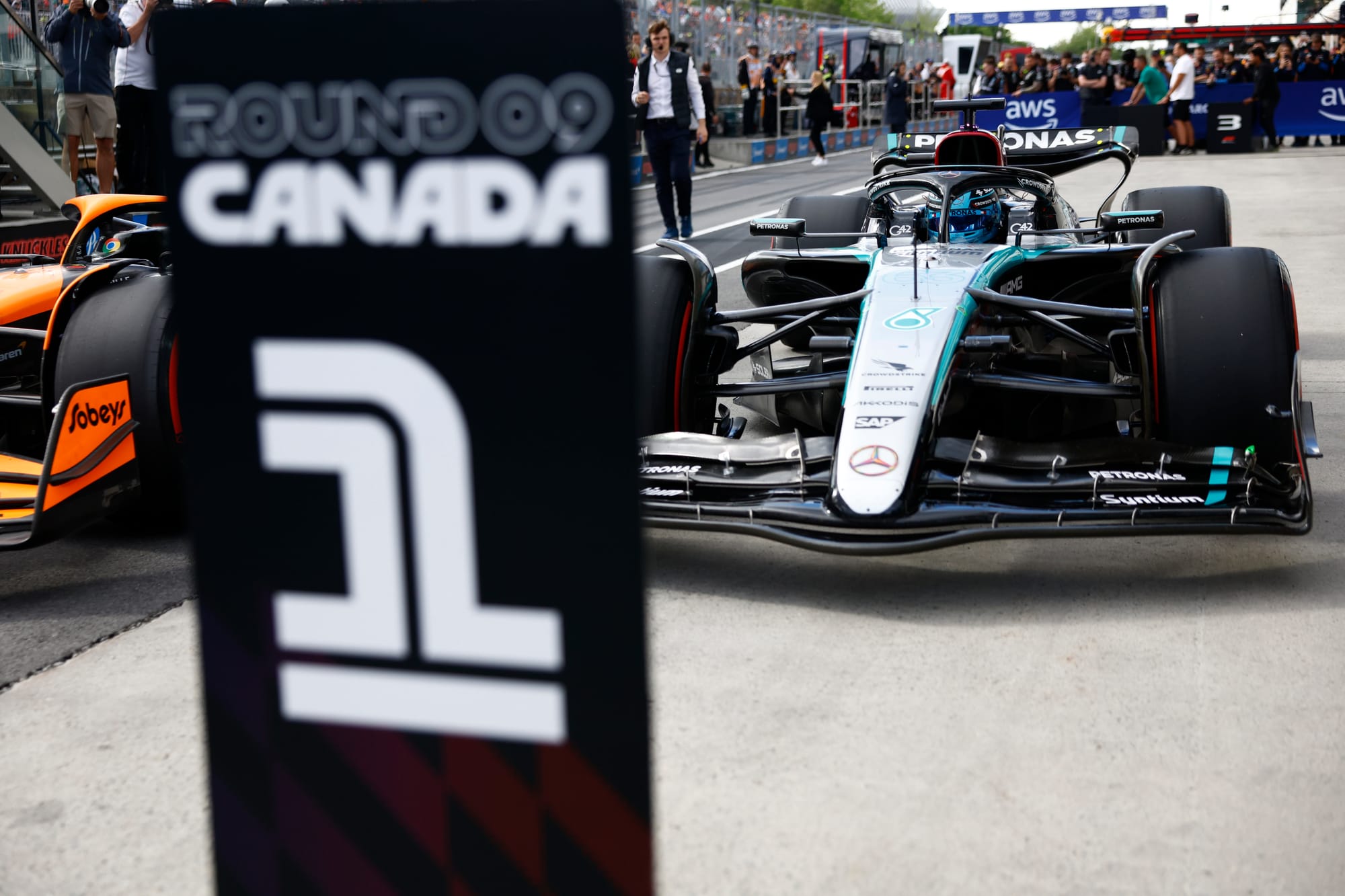
There may also be some difference in driving technique. Comparing Russell's lap to Hamilton's, the pattern is similar to Russell's lap versus Verstappen, in that Hamilton gains more speed, but loses more than he gained on the exit. Russell seems attuned to what the car is asking about.
This might just be gold dust if the race is dry, because then it's all about controlling the tire grain. This is a really great part of the season.





